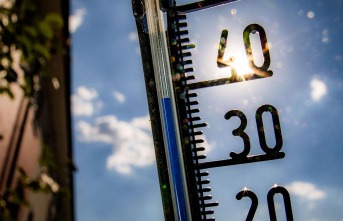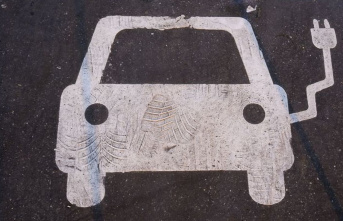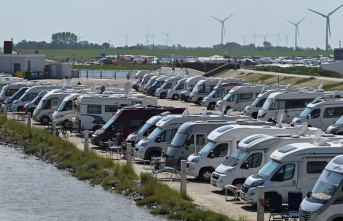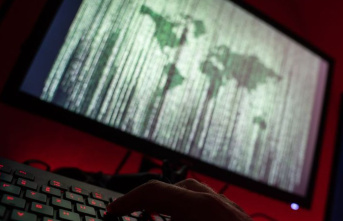Also called “CT colonoscopy”, virtual colonoscopy is an integral image of the colon (large intestine) reconstructed in 2 or 3 D from millimetric sections of an abdominal CT scan. Performed by a radiologist, it requires impeccable preparation of the colon. “Under this condition, its detection of lesions of 10 millimeters and more (polyps, cancers) is as good as that of optical colonoscopy by a gastroenterologist”, declares Pr Olivier Lucidarme, specialized radiologist (Pitie hospital in Paris ) and expert in this examination at the French Society of Radiology. This "low dose" scanner irradiates 3 to 5 times less than a standard scanner.
The CT scan does not replace screening for colorectal cancer by detecting blood in the stool (immunochemical test known as FIT).
It is performed when optical colonoscopy, recommended during a positive FIT, is contraindicated, especially in patients whose state of health does not allow anesthesia (required in optical colonoscopy) or a biopsy. It is required when the optical colonoscopies are incomplete due to insurmountable obstacles (tumor, colic elbow) and in the event of the patient's refusal.
There is none, but it is sometimes impossible to do the examination (patient agitated or unconscious). The discomfort caused by hip prostheses is bypassed by computers. On the other hand, we can give up in the face of a very old patient with a faulty anal sphincter, who cannot tighten the buttocks and therefore retain the cannula which is used to insufflate carbon dioxide (CO2) into the colon to unfold it.
“If the colonoscanner is worth the endoscopy in detecting polyps of 1 cm and more, those of 5 to 9 mm are less well identified (70 to 75% against 80 to 85% in endoscopy)”, explains Olivier Lucidarme. They can be confused with residues of faeces (in endoscopy their washing with water makes it possible to distinguish them from polyps). CT colonography is insufficient when faced with polyps of less than 5 mm (only 1 out of 2 detected). But this poor detection is not very important because the smaller the polyps, the less cancerous they are.
Perfect preparation of the colon is essential for a complete and reliable image. The exam takes about an hour, excluding preparation.
Colonic preparation
1- It begins 2 days before the virtual colonoscopy by following a residue-free diet with standard menus. This diet limits the intake of plant fibers (fruits, vegetables, whole grains, etc.).
2 - The day before the examination, taking an osmotic laxative, which is contraindicated in the event of heart or kidney failure, allows the stools remaining on the walls of the colon to be emptied. Also take the contrast products prescribed by the doctor: the baryta solution, which will make it possible to visualize the residual stools during the colonoscanner, and the gastrographine which makes the residual water white on the image.
The installation of the patient
The patient is placed on his back for the first image capture, then on his stomach for the second. Some radiologists, like Professor Lucidarme, prefer to put their patients on the right side then the left, a position better suited to very old or obese people. A cannula is placed in the rectum to insufflate carbon dioxide (CO2) into the colon in order to unfold it.
Image acquisition
Each sequence of images (right and left side) lasts 20 seconds.
The results
Depending on the organization of the practice or department, the patient can wait for his results from 20 minutes to 1 hour.
Suites
No particular follow-up. Extremely rare passages of CO2 in the colonic wall or in the peritoneum have been described.












